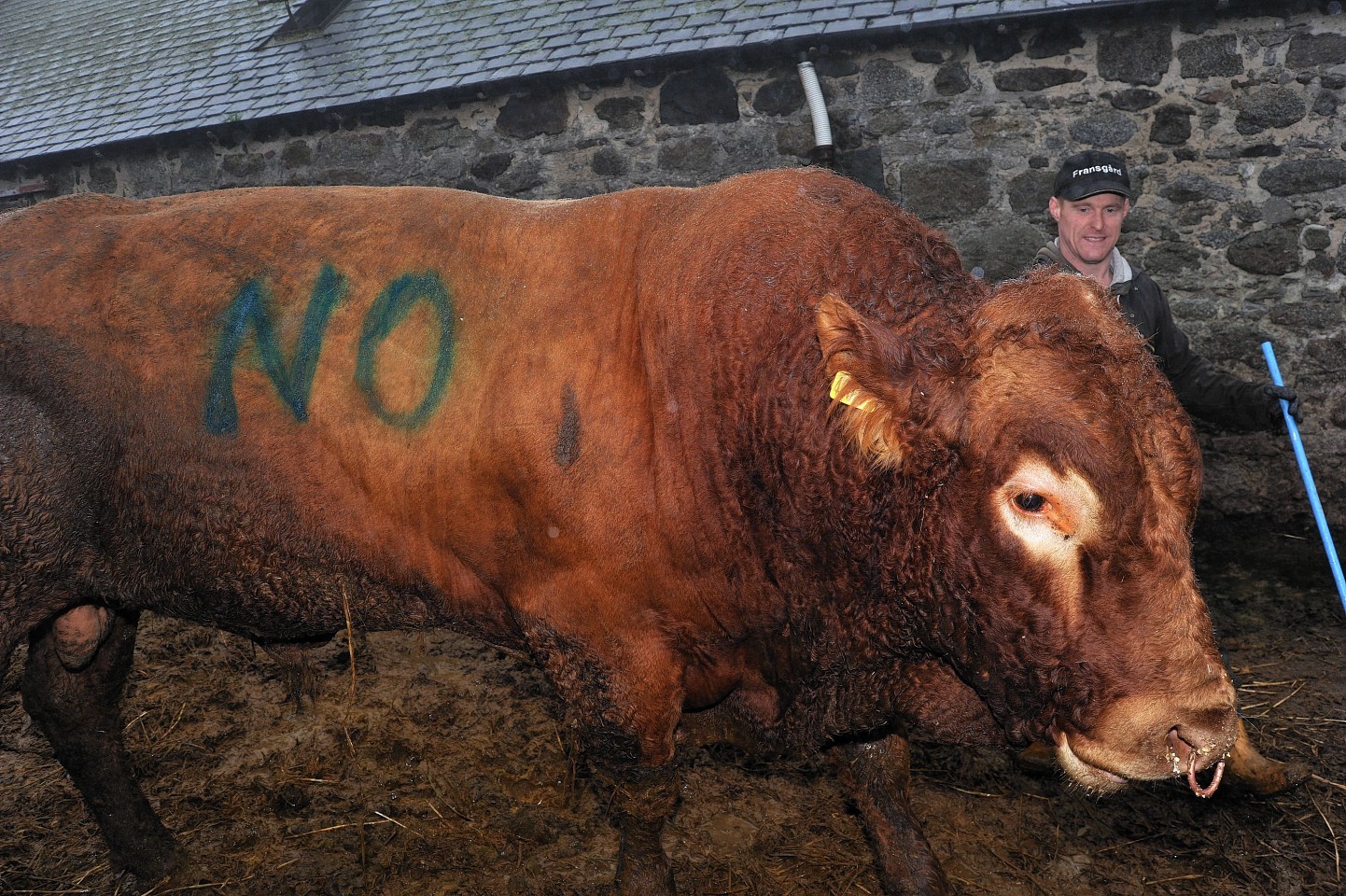The majority of Scotland’s farmers and crofters will breathe a sigh of relief this morning.
It was widely acknowledged throughout the referendum campaign that the bulk of men and women producing food for the nation were routing for the Better Together campaign.
However, that doesn’t mean there won’t be disappointment around some farmhouse kitchen tables today.
Many – including our own farm minister Richard Lochhead and a quartet of former NFU Scotland presidents – were rallying for a new era for agriculture with hopes of Scotland having its own seat at Europe’s top table.
This, they argued, would ensure Scottish agriculture’s needs were properly represented in the EU.
Mr Lochhead has repeatedly slammed his Westminster colleagues for negotiating a poor Common Agricultural Policy (Cap) deal for Scots producers.
And at the Royal Highland Show in June, First Minister Alex Salmond said Scottish agriculture would have won the “Euro billions jackpot” had it been an independent state during Cap negotiations.
Farmers were not won over by claims of extra money and better representation.
The overarching uncertainty over key issues such as EU membership and currency was too much to sway the majority.
Agriculture is heavily reliant on the EU, and without vital subsidy support through the Cap, the majority of farm businesses would be running at a loss.
Perhaps if farmers were experiencing record-high ex-farm prices, more would have been tempted to vote Yes.
As it stands however, times are tough and uncertainty over implementation of the new Cap is still causing a headache for all.
Hopefully normal business at Holyrood will resume as soon as possible and Mr Lochhead will deliver the much awaited final details of the new Cap regime.
Thereafter all farming eyes will be on Westminster to see whether the Tories’ proposed in/out referendum on EU membership will go ahead.
It could be a case of ‘here we go again’.
